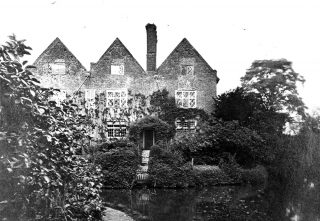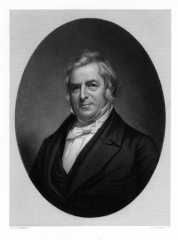Filston Hall, ancestral home of Colgate family near Sevenoaks, Kent, England
almost exclusively to “reform movements” within his own denomination or to those in which Baptists had a direct interest, such as Bible translation. Annually he gave a tenth or more of his income to the church and other charities.
Genuinely concerned for the welfare of the Seminary at Hamilton, Deacon Colgate cultivated in other people an interest in the institution. His wife, Mary, and Sarah, his daughter, assisted the women’s auxiliary societies of New York to collect money for the treasury and furnishings for student rooms. His sons, James B. and Samuel, after their father’s death in 1857, were to carry on nobly the family tradition in education which he had begun. The hospitable Colgate home was the usual stopping place for Kendrick, Hascall, and other Hamilton Baptists when they were in New York. The shrewd advice which their host must have given them on denominational and financial questions as well as the credit he often extended to the harried Treasurer of the Education Society made William Colgate its preeminent patron.
The Institution’s financial history resembles that of most early American colleges which frequently ran deficits and were enabled to continue their work only through heroic sacrifices by their officers, faculties,







